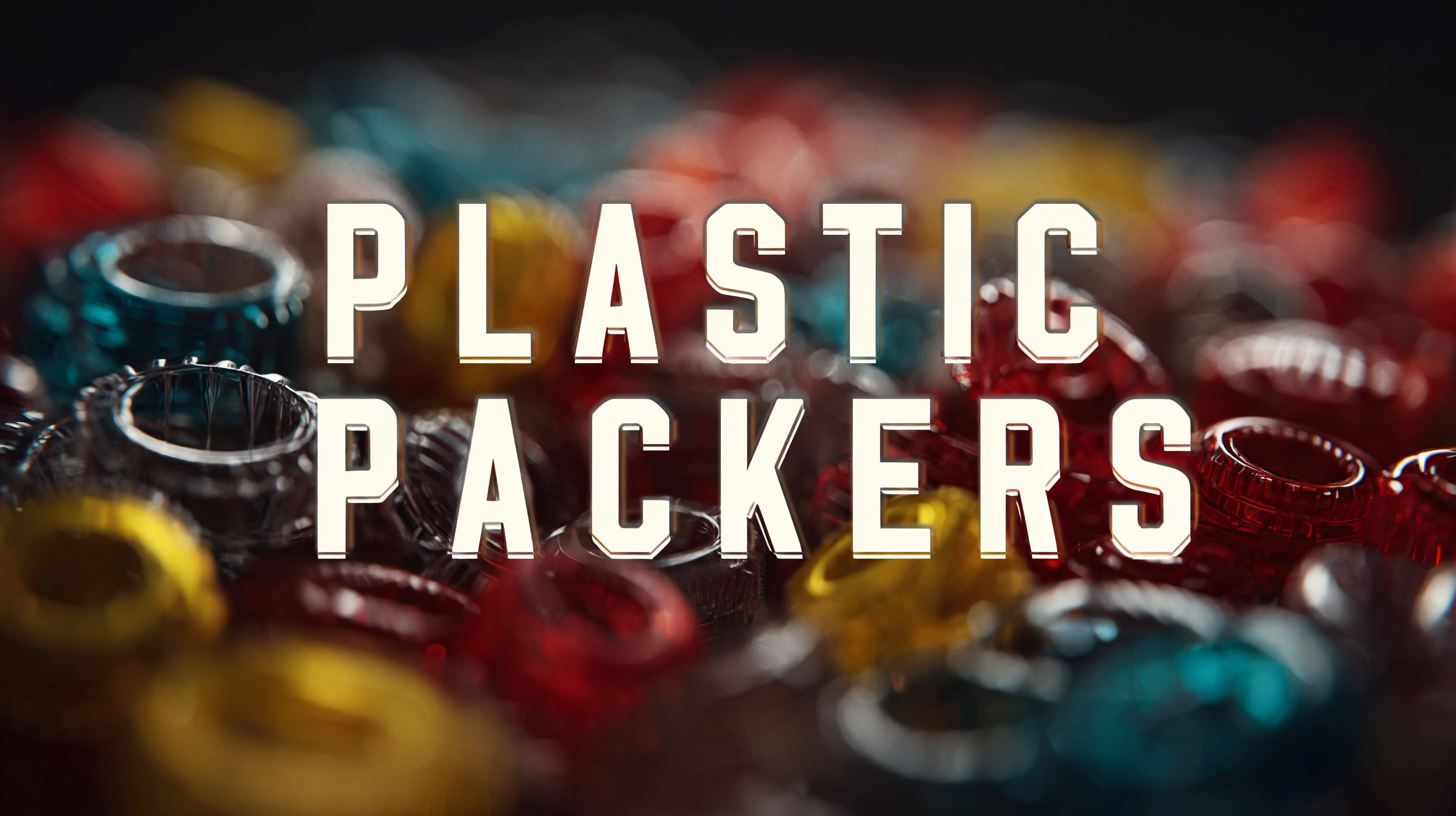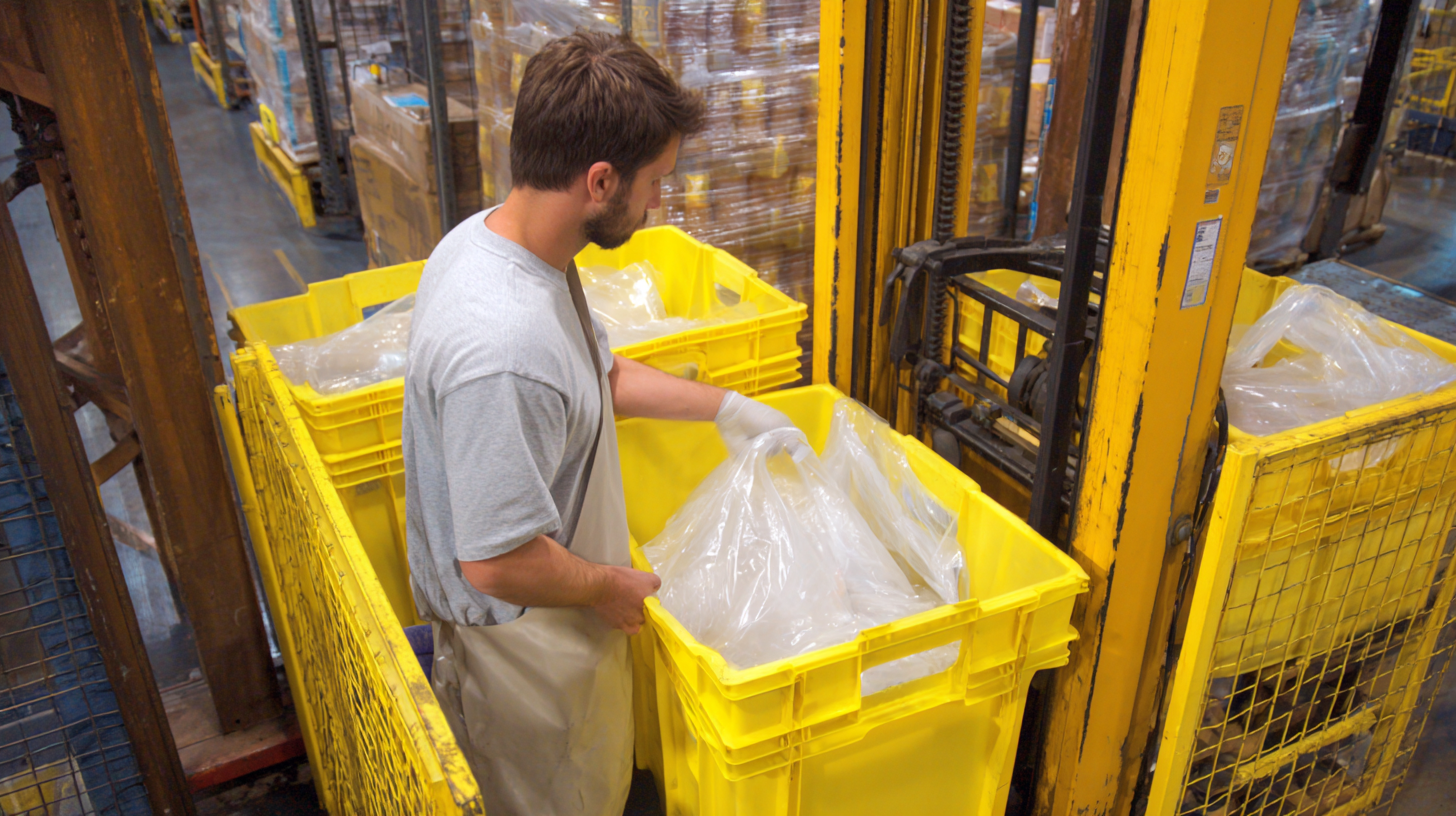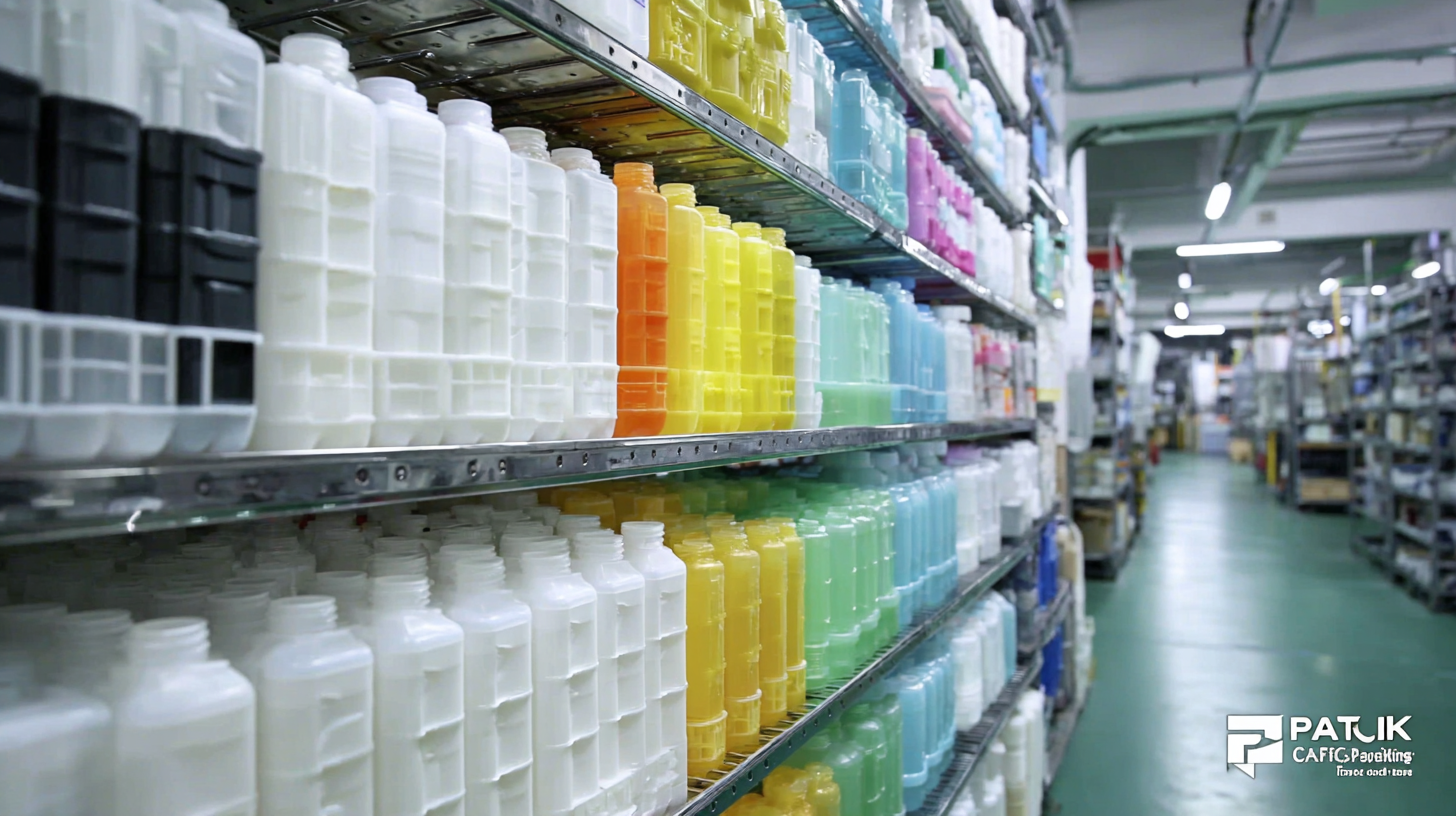Identifying Challenges in Choosing the Best Plastic Packers for Your Packaging Needs
In the ever-evolving packaging industry, the selection of appropriate materials and tools is crucial for ensuring efficiency and sustainability. As we look towards the technology development trends of 2025, understanding the distinct challenges in choosing the best Plastic Packers becomes imperative. According to a recent report by Smithers Pira, the global demand for packaging is expected to reach over $1 trillion by 2026, with a significant emphasis on environmentally friendly solutions. Plastic Packers, known for their durability and versatility, play a vital role in this landscape; however, the selection process can be perplexing due to the vast array of options available. Factors such as material composition, compliance with recycling standards, and compatibility with automated systems must be carefully evaluated. As businesses seek to innovate while minimizing environmental impact, this guide will explore critical considerations to help you navigate the complexities associated with selecting the ideal Plastic Packers for your packaging needs.

Challenges in Assessing the Right Plastic Packers for Diverse Packaging Requirements
When selecting the right plastic packers for diverse packaging requirements, businesses often face a myriad of challenges. One of the primary issues is the variety of materials available in the market, each offering different levels of durability and flexibility. Assessing which type of plastic will best suit specific products is crucial, as the wrong choice can lead to product damage during transit or storage. Furthermore, the environmental impact of plastic packing materials is a growing concern, necessitating a careful balance between functionality and sustainability.
Additionally, companies must consider the compatibility of plastic packers with their existing packaging processes. This includes evaluating how well these packers can integrate with automated packing systems or manual methods. Variations in size, shape, and sealing mechanisms can affect efficiency and labor costs. Businesses must also navigate the complexities of regulatory compliance, as specific industries may have stringent guidelines regarding packaging materials. Hence, identifying the right plastic packers involves meticulous research and a clear understanding of operational needs and industry standards.

Key Technological Advancements in Plastic Packaging by 2025
As the packaging industry continues to evolve, innovative advancements in plastic packaging technology are set to reshape the market by 2025. One of the key trends is the development of biodegradable plastics, which aim to reduce environmental impact while maintaining usability and durability. By integrating natural materials, manufacturers can create sustainable packaging options that decompose more easily than traditional plastics, appealing to eco-conscious consumers and businesses alike.

Another significant advancement is the rise of smart packaging technologies. These innovative solutions include features such as QR codes, integrated sensors, and temperature indicators that enhance user experience and product safety. Smart packaging not only provides real-time data about the condition of the product but also facilitates better inventory management for retailers. As businesses look to optimize their packaging processes, these technological enhancements will play a crucial role in meeting the demands of efficiency and sustainability in an increasingly competitive market.
With these emerging technologies on the horizon, companies must carefully assess their packaging needs to stay ahead of the curve. By keeping an eye on these advancements, businesses can make informed decisions that enhance both their operational efficiency and their commitment to sustainability, ultimately leading to greater customer satisfaction.
Evaluating the Sustainability of Plastic Packers: Trends and Alternatives
In today's rapidly evolving packaging landscape, the sustainability of plastic packers has become a crucial factor for businesses and consumers alike. As environmental concerns mount, the demand for eco-friendly alternatives to traditional plastic packers is increasing. Many companies are now evaluating their packaging choices, considering not only the functionality of the plastic but also its lifecycle impact. Trends such as biodegradable plastics, recycled materials, and minimalistic designs are gaining traction, reflecting a shift towards more responsible sourcing and production methods.
The search for sustainable plastic packers does not stop at identifying alternatives. It also involves understanding the trade-offs associated with different materials. For instance, while bioplastics derived from renewable resources may be more environmentally friendly, they can sometimes fall short in terms of durability and cost-effectiveness. On the other hand, recycled plastics can effectively reduce waste but may raise concerns about contaminants and overall performance. As businesses navigate these complexities, it is imperative to stay informed about the latest trends and innovations in sustainable packaging to make choices that align with both their operational needs and environmental commitments.
Impact of Regulatory Changes on Plastic Packaging Materials and Choices
The landscape of plastic packaging is rapidly evolving, especially with the ongoing regulatory changes that impact materials and choices available to businesses. Understanding these changes is crucial for any company looking to stay compliant and environmentally responsible. Regulations often dictate the types of materials that can be used, especially with growing concerns over the environmental impact of plastic waste. As such, it becomes imperative for businesses to keep abreast of not only local regulations but also international standards, which can vary significantly.
**Tip 1:** Regularly review and update your packaging suppliers and materials to ensure compliance with the latest regulations. Establish a calendar to track important dates related to regulatory updates that can affect your packaging choices.
As businesses navigate these challenges, it's essential to evaluate the sustainability credentials of various plastic packers. Many regulations favor bio-based or recyclable materials, so integrating these options into your supply chain can provide a competitive edge while aligning with green initiatives.
**Tip 2:** Consider conducting an audit of your current packaging materials to identify opportunities for sustainable alternatives. Collaborate with suppliers who specialize in eco-friendly materials to enhance your product offerings.
Analyzing Industry Data: Cost-Effectiveness of Various Plastic Packer Options
When it comes to choosing plastic packers, understanding the cost-effectiveness of various options is crucial for businesses aiming to optimize their packaging processes. According to a recent report by Smithers Pira, the global market for plastic packaging is projected to reach $510 billion by 2024, with flexible plastic packers gaining traction due to their light weight and durability. This data underscores the importance of selecting packers that not only meet quality standards but also provide economic advantages.
Furthermore, a 2022 study conducted by the Freedonia Group highlighted that companies utilizing biodegradable plastic packers experienced a 15% reduction in overall packaging costs. This is largely due to decreased shipping expenses and reduced waste disposal fees associated with sustainable materials. By analyzing such industry data, businesses can better weigh the pros and cons of various plastic packer options, ensuring they choose the most efficient and cost-effective solution for their specific needs. Understanding these trends is vital for making informed decisions that align with both budget constraints and environmental goals.
